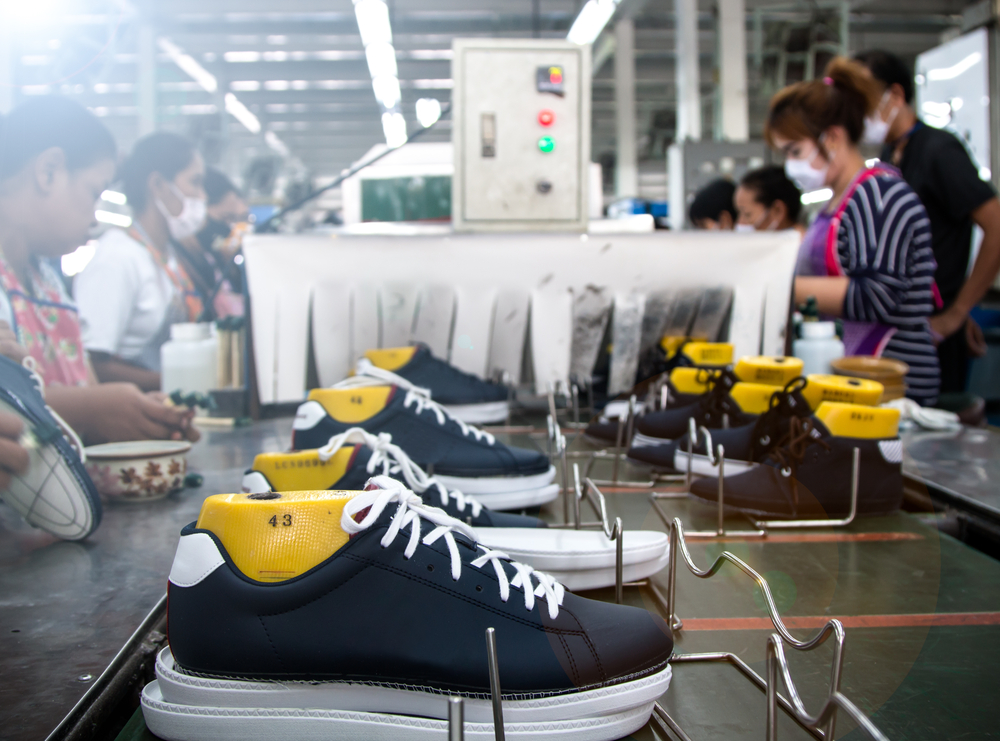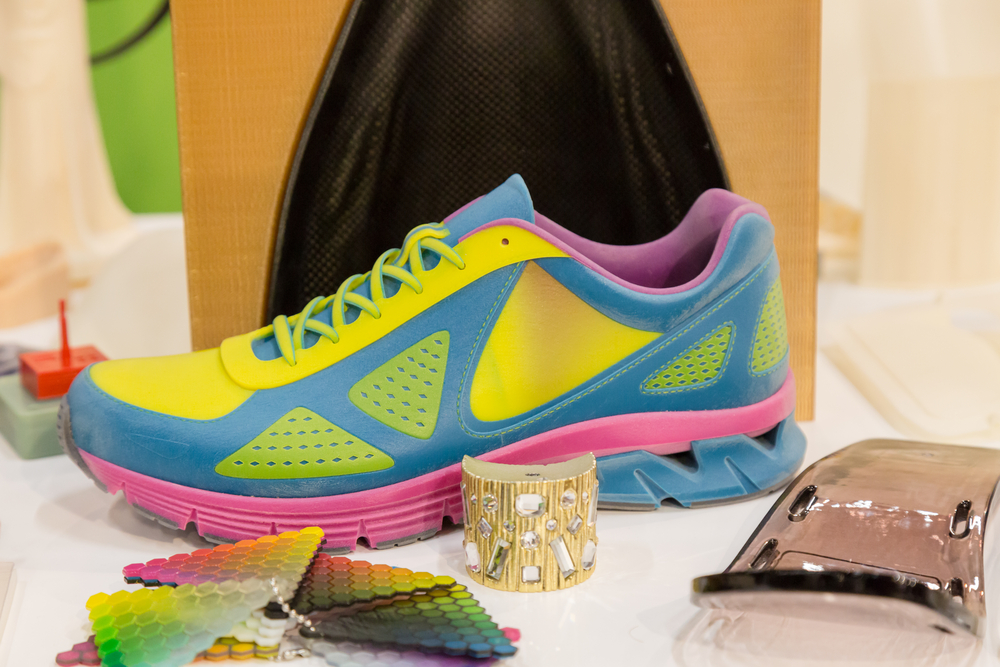
Footwear Manufacturing Plant Costs and Considerations
If you live in the U.S. or Europe, designer shoes aren’t cheap, and neither is the cost of setting up a shoe manufacturing facility. Companies that want to set up a new facility or scale with a contract manufacturer need to consider the costs and risks involved in both options. Footwear manufacturing plant costs range from fixed assets to tooling, amortization costs, and ongoing maintenance. Other costs are also required to finish and deliver products to the end customer.
Up-front and maintenance costs are not the only factors to consider when starting or scaling a new footwear manufacturing operation. There are several risks present in footwear manufacturing, which can increase costs for the manufacturer and, ultimately, the end consumer. This is why footwear manufacturers need solutions to help them reduce their risk while keeping costs competitive.
3D printing, either in-house or outsourced to a contract manufacturer, helps footwear companies control costs, manage their risk, and create a broader range of higher quality products. If you’re looking to partner with a contract manufacturer or expand your existing footwear manufacturing operations, choose a partner or process based on 3D printing to help control costs and reduce risk.

Footwear Manufacturing Plant Cost vs. Risk
When we think about footwear manufacturing plant costs, the price of fixed assets, materials, and overhead immediately come to mind. These facilities also carry significant maintenance and labor costs, making the barrier to entry into the footwear industry rather high. Low and high-volume contract manufacturers can give you an inroad into footwear manufacturing, but minimum order quantities (MOQs) and per-unit costs can be high until you scale to millions of units. Some of these costs are sunk and need to be amortized across the product’s lifetime and inevitably passed to the consumer, which motivates higher MOQs from your contract manufacturer.

Costs associated with fixed assets, materials, and overhead, as well as landed costs, form the starting point for determining break-even sales volume when preparing to start or scale any manufacturing operation. Traditional footwear manufacturing operations also carry some unique risks, which can translate into higher costs under traditional manufacturing business models. Compared to traditional high-volume methods, 3D printing plays a unique role in helping companies manage their risk in today’s dynamic, consumer-driven environment.
Among the complex cost and risk picture to consider when starting or scaling a new footwear manufacturing operation, there are two areas that footwear manufacturers need to consider. These are changes in consumer trends, and the overall cost and risk structure associated with footwear manufacturing. By using 3D printing for footwear manufacturing, these risks can be addressed in unique ways.
Adapt to Changes in Consumer Trends with On-Demand 3D Printing
High-volume fashion brands are great at capitalizing on consumer trends, but they are terrible at responding to sudden changes in consumer trends and tastes. Instead, they try to predict and set consumer trends with the hope of flooding the market earlier than the competition. When consumer trends change, large footwear brands must respond quickly with new products and styles.

In a high-volume footwear production facility, this can require some level of retooling, and those costs are sunk before production begins. Using 3D printing for footwear manufacturing changes this dynamic because it does not require any retooling costs or time; a new product can be put into production on-demand. Furthermore, the costs involved are highly predictable regardless of production volume, allowing large footwear brands to instantly pivot without seeing large fluctuations in production costs.
Footwear manufacturers need a process and business model that allows them to be agile in the face of changing market conditions. This is especially true for fashionable footwear, which demands high-volume production to provide reasonable ROI. The adaptability of 3D printing allows production to be scaled up or down as needed, and new products can be put into production quickly.
Change the Cost and Risk Structure by Manufacturing Locally
Rising wages, environmental regulations, political instability, quick shifts in consumer trends, and greater competition overseas have put pressure on footwear manufacturers to find new ways to reduce costs and risks without sacrificing sustainability. In addition, landed costs already account for a significant portion of the wholesale price of a pair of shoes. These factors are motivating more manufacturers in a range of industries to onshore new and existing operations.
By onshoring production and bringing footwear manufacturing closer to the end customer, many landed costs can be greatly reduced. 3D printing is an ideal process for onshored footwear manufacturing as it does not require the same level of capital to begin production. The entire cost structure and logistics model changes when 3D printing is used for footwear production:
By reducing landed costs, eliminating tooling costs, and changing the amortization structure, 3D printing is highly competitive for low volume and high-volume footwear manufacturing. While it is also true that raw materials used in 3D printing carry higher per-weight costs, the eliminated material waste reduces the total cost per unit and makes production more sustainable. This change in the overall cost structure makes 3D printing competitive in terms of throughput and per-unit costs.
Start or Scale Footwear Manufacturing with the Right 3D Printing Partner
Using 3D printing for footwear manufacturing changes the risk and cost structure, as well as providing other benefits. Footwear manufacturing can be made more agile through on-demand, localized printing, and risk is reduced as fixed asset costs are amortized across a range of products. If your company is looking for these benefits, then you need to work with the right 3D printing partner.
If you’re ready to make the switch from traditional footwear manufacturing to 3D printing, LuxCreo gives you an easy way to scale on-demand. LuxCreo’s team can help you quickly qualify your design and instantly put it into production in a cloud-connected smart factory. You can scale up or down as needed, allowing your company to be more agile.
To learn more about our processes and services for 3D printing at scale, visit our contact page or call (650) 336-0888.